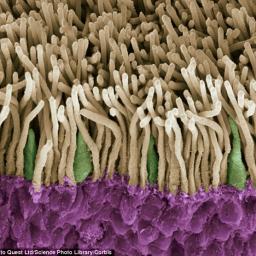Debian to vote on init system... again
Ian Jackson is at it again.
A proposal has been submitted in the Debian vote mailing list to ensure that the next version of Debian, Jessie, will not require any specific init system. This comes after the Debian technical committee (TC) already decided in February to adopt systemd as the default init system for Jessie. The TC had left the door open for a general resolution to decide whether other init systems would be supported in Jessie. At this time, it appears that enough support has been garnered for the proposal to ensure that there will be a vote on this issue. From the text of the proposal:
A proposal has been submitted in the Debian vote mailing list to ensure that the next version of Debian, Jessie, will not require any specific init system. This comes after the Debian technical committee (TC) already decided in February to adopt systemd as the default init system for Jessie. The TC had left the door open for a general resolution to decide whether other init systems would be supported in Jessie. At this time, it appears that enough support has been garnered for the proposal to ensure that there will be a vote on this issue. From the text of the proposal:
This GR seeks to preserve the freedom of our users now to select an init system of their choice, and the project's freedom to select a different init system in the future. It will avoid Debian becoming accidentally locked in to a particular init system (for example, because so much unrelated software has ended up depending on a particular init system that the burden of effort required to change init system becomes too great). A number of init systems exist, and it is clear that there is not yet broad consensus as to what the best init system might look like.When the TC debated the issue, keeping SysVinit was an unpopular opinion. The two real contenders were systemd and upstart, and there seemed to be a general agreement that the init system must change. Is this vote an attempt to delay the inevitable? Let's remember that the reason the TC had to vote on this issue is that the developers wanted to be set on which init system to support. Could this resolution end with Debian "supporting" other init systems as second-class citizen, with many developers choosing not to bother supporting anything that's not systemd?
